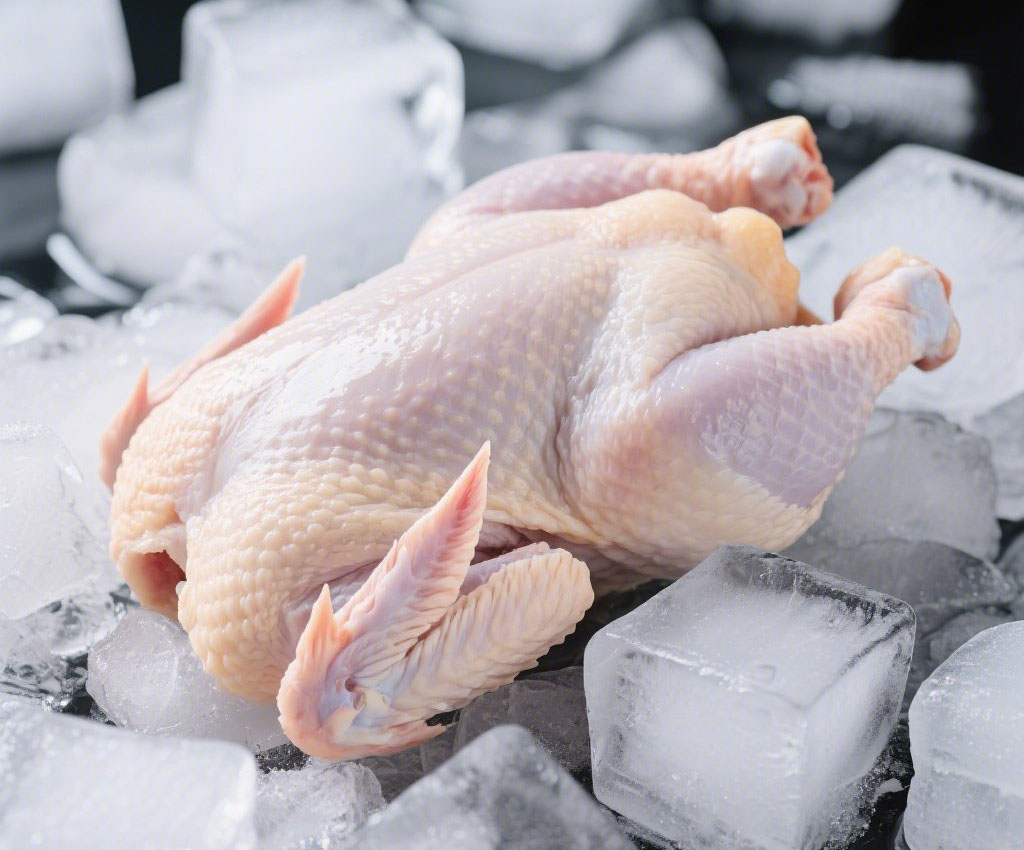Poultry Meat Preservation
Poultry meat (such as chicken and duck) has a unique physiological structure and preservation characteristics compared to red meat during the cold chain preservation process, which makes humidity management more complex and critical throughout the storage cycle.
First, poultry muscle tissue is delicate, has a high water content, and has a thin skin, which is mostly processed with the skin on. This makes it extremely susceptible to environmental humidity fluctuations after entering the cold storage.

Especially in the initial cooling stage after slaughter, if the humidity is insufficient, the surface of poultry meat will shrink rapidly, causing wrinkles on the skin and even wind-dried spots, which not only affects the sensory quality, but also weakens the skin's natural barrier function against bacteria. At this stage, it is recommended to maintain a high humidity (close to 90%) in the cold storage to slow down water evaporation and protect the meat structure.
When entering the mid-term cold storage stage (e.g. for wholesale and processing within 48 hours), humidity management needs to switch to a "humidity control and preservation" strategy. If the ambient humidity is too high at this time, condensation is likely to occur on the surface of poultry meat, especially for products that are not sealed or covered, which are more likely to breed bacteria, causing a slimy feeling, odor or mold. Therefore, it is recommended to control the humidity in the range of 80% to 85%, supplemented by moderate ventilation to inhibit the formation of local wet spots.
During the frozen storage stage, humidity no longer directly affects bacterial growth, but if the air in the cold storage is too dry, the poultry skin that is stored for a long time is very likely to produce a "freeze-drying effect", commonly known as "cold wind burn". Especially for chicken and duck with skin, if the skin is severely dehydrated, it will cause problems such as hardness after cooking and loss of fat flavor. Once this kind of damage occurs, it is almost impossible to repair. Even if it looks normal after thawing, the taste and output rate will be greatly reduced. Therefore, the freezer should maintain a reasonable humidity level (usually recommended to be around 75% to 80%), and avoid frequent defrosting or repeated opening and closing to cause humidity to get out of control.
In addition, poultry products should also avoid high and low humidity environments during thawing and reprocessing, otherwise it is easy to cause the phenomenon of "thawing water too quickly", resulting in the destruction of protein structure, loose meat, and loss of nutrients. Scientific thawing methods should control the temperature while coordinating the humidity transition to ensure the integrity of the cell structure.


 Return to List
Return to List
 Phone
Phone